People practice yoga with animals all the time in real life, but it is only in the tenderly painted worlds of Lucia Heffernan that you can see a yellow chick folding into a successful triangle pose. The graphic designer and oil painter captures baby birds stretching into a variety of poses in her series of Yoga Chick paintings.
Heffernan creates these delightfully humorous situations by using her realistic style to depict unrealistic scenarios. Each bird is placed against a stage-like backdrop of blue and yellow, which emphasizes the action of the subject. The juxtaposition of a carefully rendered chick as it stands on its head is what makes these tiny portraits so enjoyable to look at. “Through my paintings, I seek to give animals a voice and a personality, while making light of our uniquely human existence,” Heffernan explains on her website.

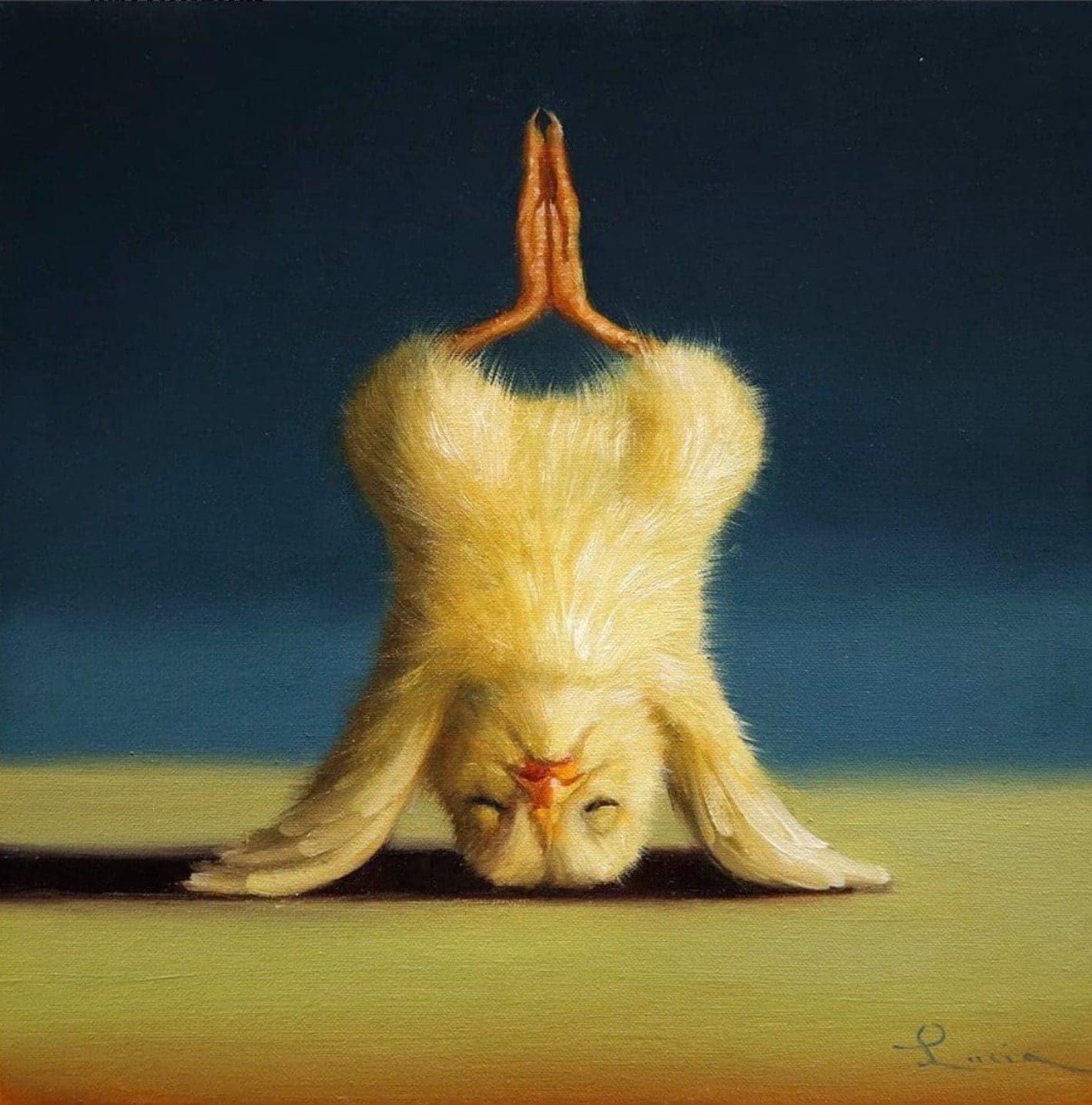
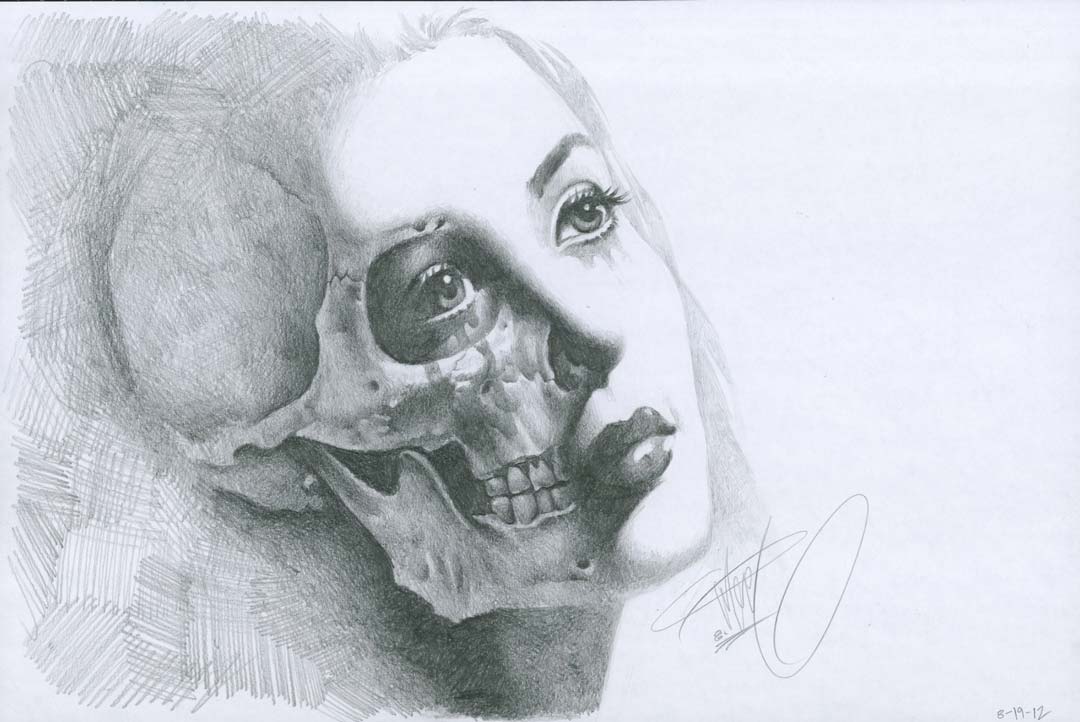
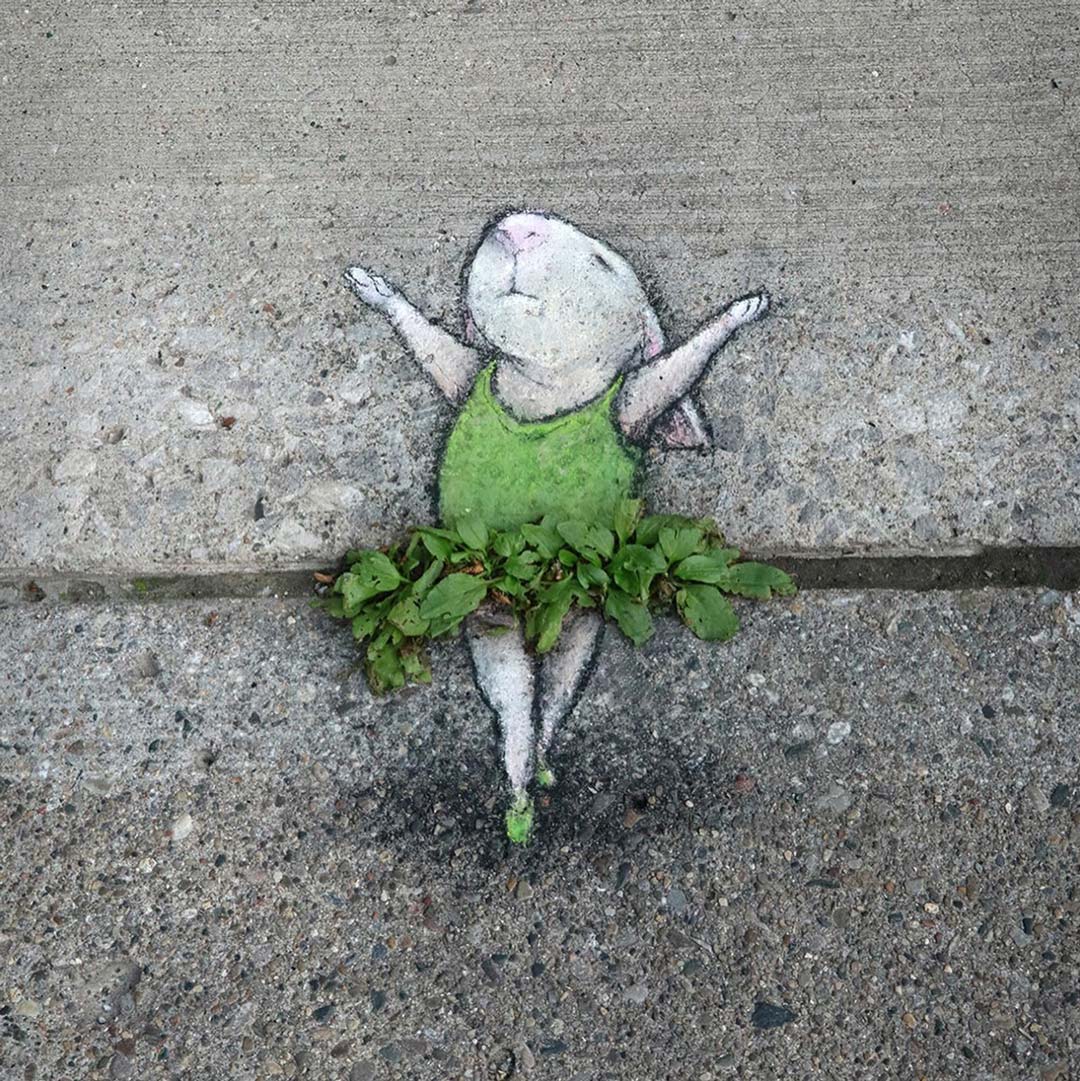
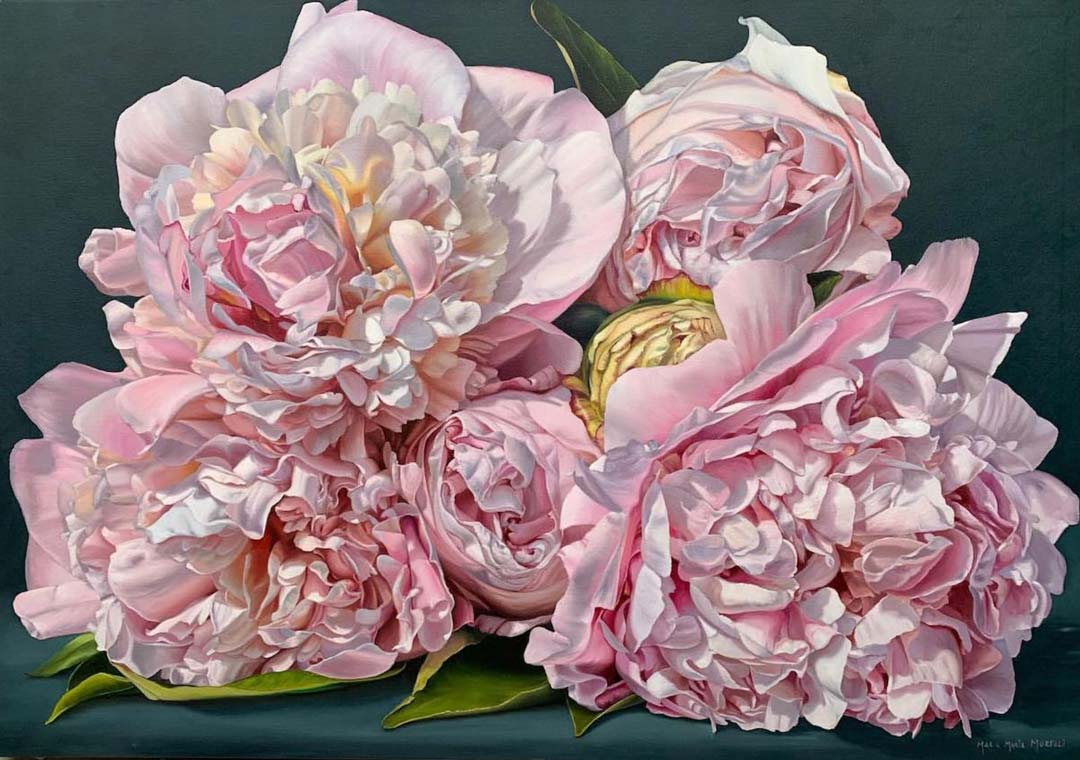






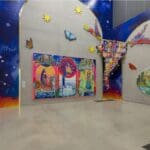



![Artist Shares Secrets of How To Draw Incredibly Realistic Portraits [Interview]](https://artistvenu.studio/wp-content/uploads/2023/12/Screenshot_242-150x150.jpg)
